
If you notice a pink or red growth in the corner of your dog's eye, it is likely the result of a prolapsed gland, more commonly known as cherry eye. Cherry eye is a condition in which the ligaments that keep the tear gland under the eyelid start to break down, and the gland prolapses or "pops out."
Cherry eye isn't always painful, but your dog may exhibit symptoms of discomfort that could worsen the condition. For example, dry eye is symptomatic of cherry eye and, if untreated, could lead to permanent vision impairment. Surgery is the only cure for cherry eye, and it's highly effective. The cause of cherry eye is unknown, but some breeds are more susceptible than others. Breeds with flat faces, known as brachycephalic breeds, are predisposed to cherry eye. Especially affected breeds include American cocker spaniels, shih tzus, and beagles.
Cherry eye is the result of a prolapsed nictitating membrane, also known as the third eyelid. This membrane serves as a protective layer for your dog's eye and contains a tear gland. The tear gland is kept in place by ligaments, but when those ligaments break down, the gland can prolapse and "pop out," creating the appearance of a red, cherry-like growth in the corner of your dog's eye. Cherry eye can come and go, or it can be constant in your dog's eye. It can develop in one or both eyes, and many dogs with a cherry eye in one eye will develop it in the other.
Cherry eye presents as a pink or red mass that grows at the corner of the eye. Typically, a cherry eye will be easily identifiable, even without other symptoms. Still, your dog may exhibit signs of discomfort from cherry eye, and its pain level may indicate increasing severity of the mass.
The clearest indicator of a prolapsed tear gland is the presence of a bulge in the corner of your dog's eye. Even if uncomfortable symptoms don't appear to accompany the mass, pay a visit to your vet to discuss treatment options.
Cherry eye might cause your dog to paw at the growth site. Usually, this is a result of itchiness rather than pain. Prolonged eye-scratching is dangerous because your dog may inadvertently damage its cornea.
The growth in your dog's eye may be large enough to make it so that your dog cannot fully close its eye. This is uncomfortable for your dog, and it can cause or exacerbate dry eye.
The inflamed third eyelid inhibits tear production, which causes inadequate lubrication in your dog's eye. The diminished tear production resulting from the prolapsed tear gland will often lead to dry eye. If untreated, dry eye can permanently impair your dog's vision.
The cause of cherry eye in dogs isn't fully understood, but it can largely be attributed to weak connective tissue in the eye. Some dog breeds are more prone to developing cherry eye than others.
Cherry eye is more common in some breeds than others. American cocker spaniels, shih tzus, beagles, Lhasa apsos, Pekingese, Maltese, basset hounds, Rottweilers, Neapolitan mastiffs, shar-peis, Boston terriers, Saint Bernards, and English bulldogs have a higher likelihood of developing cherry eye than other breeds. It is suspected that some dog breeds have weak connective tissue, making them more vulnerable to prolapse.
While cherry eye can develop at any age, it's more prevalent in dogs under 2 years old.
If another infection is compromising the health of your dog's eye, cherry eye may develop more readily.
If you suspect that your dog has cherry eye, your vet can examine your dog's eye to determine if a prolapsed gland has occurred. Fortunately, the diagnosis of cherry eye is straightforward, as the growth is easily identifiable.
Surgery is the only curable therapy for cherry eye, but your vet may begin treatment by prescribing topical anti-inflammatories or suggesting at-home remedies. Non-surgical treatment may relieve your dog of some discomfort but usually won't be enough to prevent a re-prolapse. Surgery for cherry eye will be performed by an ophthalmologist and usually involves permanently suturing the prolapsed gland back down below the eyelid. If your dog has surgery to replace the tear gland and it re-prolapses, your vet may recommend removing the affected gland.
You can only pursue surgery if the tear gland is actively prolapsed. If your dog's cherry eye comes and goes, your vet may choose to wait until it becomes more permanent before performing surgery.
After surgery, your vet will monitor your dog's eye for normal tear production to ensure the sutured or replaced gland is still functioning.
Cherry eye in dogs isn't preventable. The best way to protect your dog from discomfort and complications of cherry eye is to regularly check its eyes and monitor for signs of the development of a mass.
In the weeks following surgery, your dog will likely recover fully and the gland will return to normal function. It’s normal for the eye to appear inflamed for one to two weeks while healing, and can be relieved with topical and oral antibiotics. Your vet will examine your dog's eye in the weeks following surgery and will likely continue to monitor the eye during all appointments going forward.
If your dog's cherry eye goes untreated, serious complications may occur. Untreated cherry eye can lead to conjunctivitis, ocular discharge, and dry eye. Chronic dry eye can lead to serious infection which could result in a ruptured eye. Even if cherry eye doesn't appear to be bothering your dog, it's essential to treat it quickly before it worsens.
At-home remedies, such as a hot compress, may relieve some of the discomforts of cherry eye, but surgery is the only cure. Consult your vet to discuss a treatment plan.
The pink or red bulge at the corner of a dog's eye is usually all you need to identify cherry eye. Once you notice the growth, take your dog to the vet for a definitive diagnosis.
Several weeks after surgery, your dog will likely have regained full eye function, and the growth will not return. Be sure that your dog gets adequate rest during recovery so as not to interfere with healing.

Cute Pictures & Facts About Calico Cats & Kittens
Learn fascinating facts about calico cats, including photos, the genetics behind this color combination, and common folklore and traditions.
How to Prevent Cat Separation Anxiety During Vacations
Discover why cats develop litter box problems and cat behavior problems when you go on vacation and what you can do about it to help them.
Cat Behavior Changes That Might Mean Something's Wrong
Cats' behavioral changes may indicate problems—or they may mean nothing at all. Explore causes of odd behavior and what to do about them.
Lhasa Apso: Dog Breed Characteristics & Care
The Lhasa apso is an ancient breed from Tibet that was bred to be a watchdog. Learn about its history, health, exercise needs, and more.
Reasons Why Dogs Run Away and How to Stop It
Dogs can escape, especially if they’re bored and not properly contained. Here are some techniques for stopping your dog from running away.
Can Dogs Get Depression? How to Help Your Sad Dog
Can dogs get depression? Learn about the signs of depression in dogs and find out how to help your sad dog.
How to Stop Aggression in Dogs
Dog aggression can be a serious behavior issue for pet owners. Learn how to stop aggression in dogs before someone gets hurt.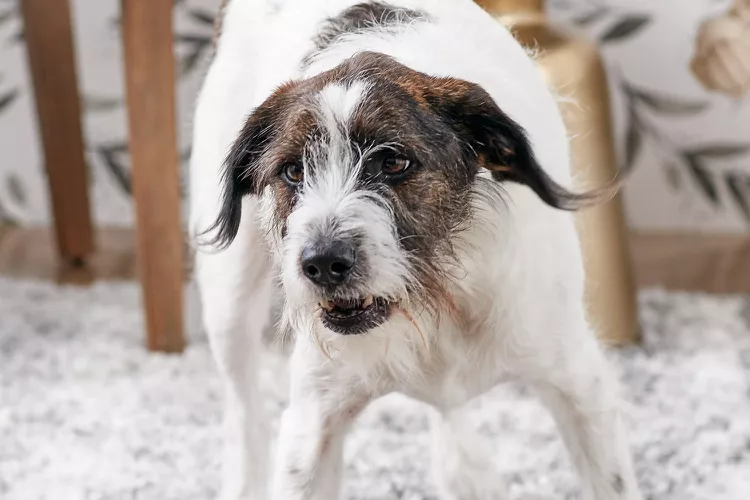
How to Stop Your Dog From Growling
A growling dog can soon become even more aggressive. Reduce the noise and potential for a dangerous situation with some of these techniques.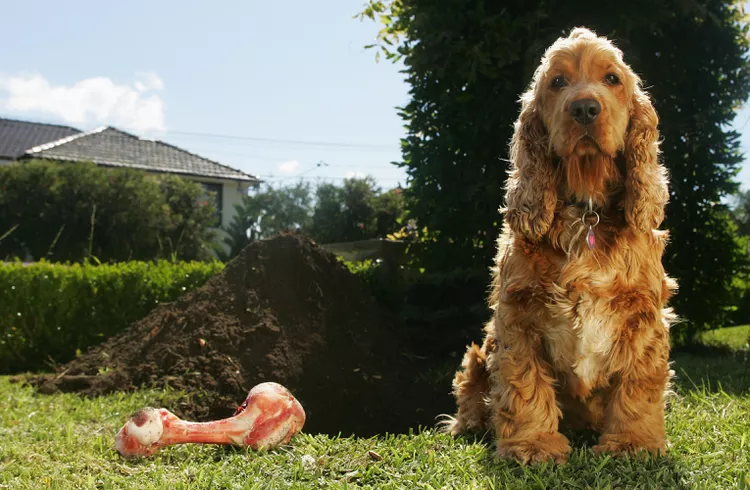
Why Do Dogs Dig Holes? How to Stop Your Dog from Relandscaping Your Yard
Dogs have been digging holes for centuries and for many reasons. Whether they’re bored or want to cool off in the dirt, here are the top reasons why dogs dig holes.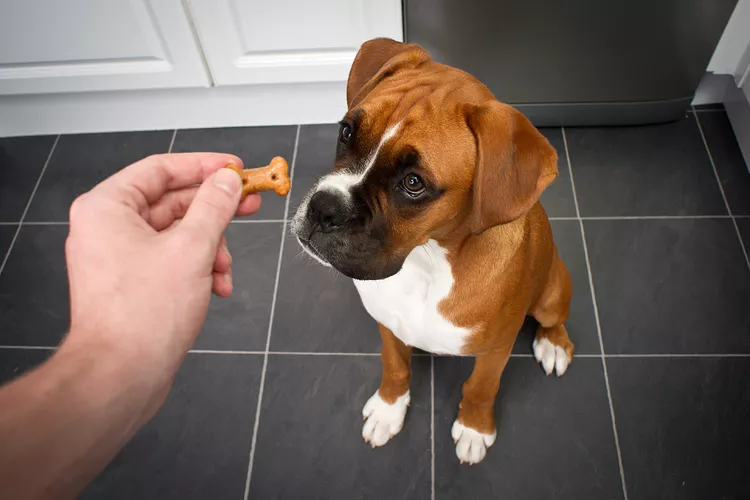
Dog Treat Varieties
Learn about the different types of dog treats on the market and decide which are best for your dog.
Can Dogs Eat Asparagus?
Dogs can eat asparagus, provided the vegetable is cooked plain and cut up for them. Seasonings, salt, and butter make it unhealthy for dogs.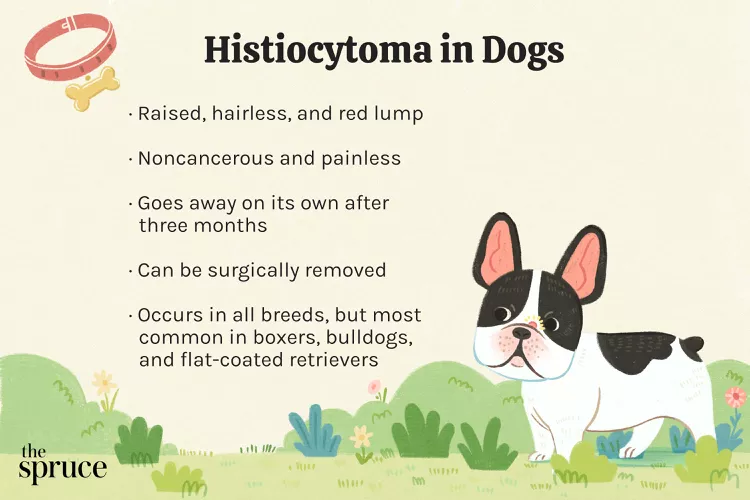
Histiocytomas in Dogs
A histiocytoma is a type of benign (non-cancerous) skin lump that usually affects young dogs. Learn the causes, treatment, and prevention.
Why Is My Dog’s Eye Swollen?
If your dog's eye is swollen, she may need veterinary attention. The inflammation could be caused by allergies, an injury, or even a tumor.
Common Bugs and Parasites Found on and Inside Dogs
Learn about common types of parasites in dogs. Find out how to treat and prevent parasites to keep your dog, your family, and yourself safe.
Exploring the Different Types of Pet-Friendly Beaches
Are you looking for pet-friendly beaches? Learn about the different types of pet-friendly beaches, their locations, and tips for visiting them with your pet.
10 Obscure, Little-known Canine Facts in Honor of National Dog Day
With National Dog Day upon us, it's time to celebrate everything about our favorite pets—even the weirder stuff. Here are 10 obscure facts about dogs you probably didn't know.
Kitten Development From 3 to 6 Months Old
Kittens grow and change a lot during their first year. Find out what happens between the ages of three months and six months old.
95 Siamese Cat Names
Our list of Siamese cat names has diverse and fun options to help you choose the ideal moniker for your elegant and lovable feline companion.
What to Buy for Your New Cat: A List of Essentials
Before you bring your new cat or kitten home, there are a number of things to collect or buy so your cat will feel welcomed like a family member.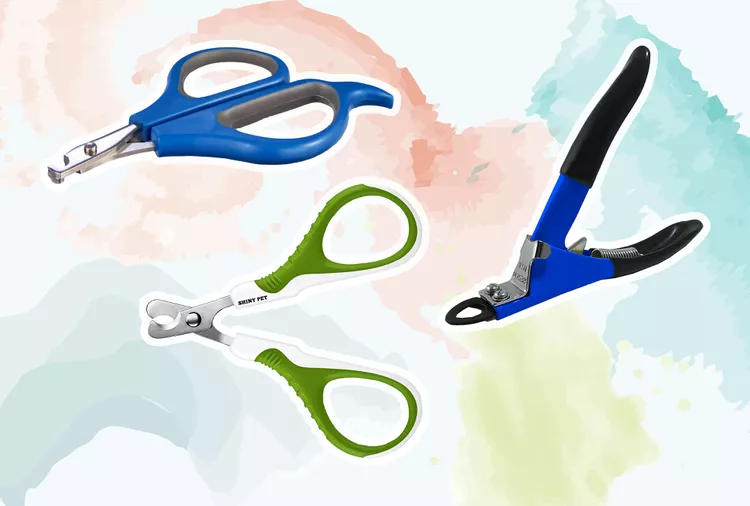
The 6 Best Cat Nail Clippers of 2024 for a Safe Trim
Clipping your cat's nails can save your furniture and keep your kitty comfortable. We asked veterinarians for their cat nail clipper recommendations.